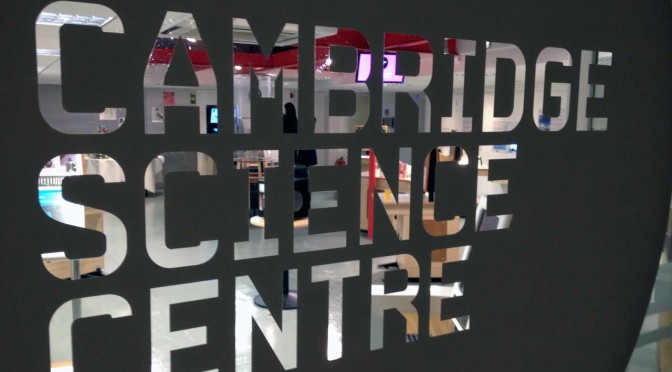Our chum Steve Mould has had a bit of a hit over the last few years with his chain fountain demo:
There have been arm-waving explanations (some more convincing than others), but recently John Biggins and Mark Warner in Cambridge have published a much more complete description of what’s going on.
Now, the video at the head of this post makes me wince a little, partly because I’m a snobby film-maker but also because the section from about 3:10 (about centripetal force) could, I think, be clearer. It’s not explicit, for example, that in the steady state the chain velocity must be the same all along the chain: that’s why the ‘ball being thrown straight upwards’ analogy works. It’s not that the ball is stationary at the top (if the ball’s path is arced like the chain’s, the ball isn’t stationary), it’s that the ball’s speed changes during its flight. The chain can’t do that.
There are several similar conceptual jumps which make sense only once you’ve understood the process, not whilst you’re in the process of understanding – a common mistake in academic scicomms, if I’m being snarky. You can see the result of these skipped steps in the comments thread at YouTube, which pretty much mirrors what I’d expect. That is: people tripping over precisely the parts the film covers poorly.
However, the torque argument for a force component from the beaker is lovely. The macaroni-on-a-string demo isn’t properly convincing as shown, but it does offer the beginnings of something terrific.
So, critical me thinks there’s better scicomms still to be done around this, but what delights me about the whole episode is that ‘proper’ physics is being done from a scicomms curiosity. It’s also a remainder that often science communicators stop just before the science gets properly interesting: we chicken out at the arm-waving stage rather than aiming for the greater satisfaction that comes from deeper understanding.
Bravo, Steve et al. There are precious few stories like this.
The Rutherford School Physics Partnership has a PDF of more chain problems, if you want to roll your sleeves up and get stuck in.

